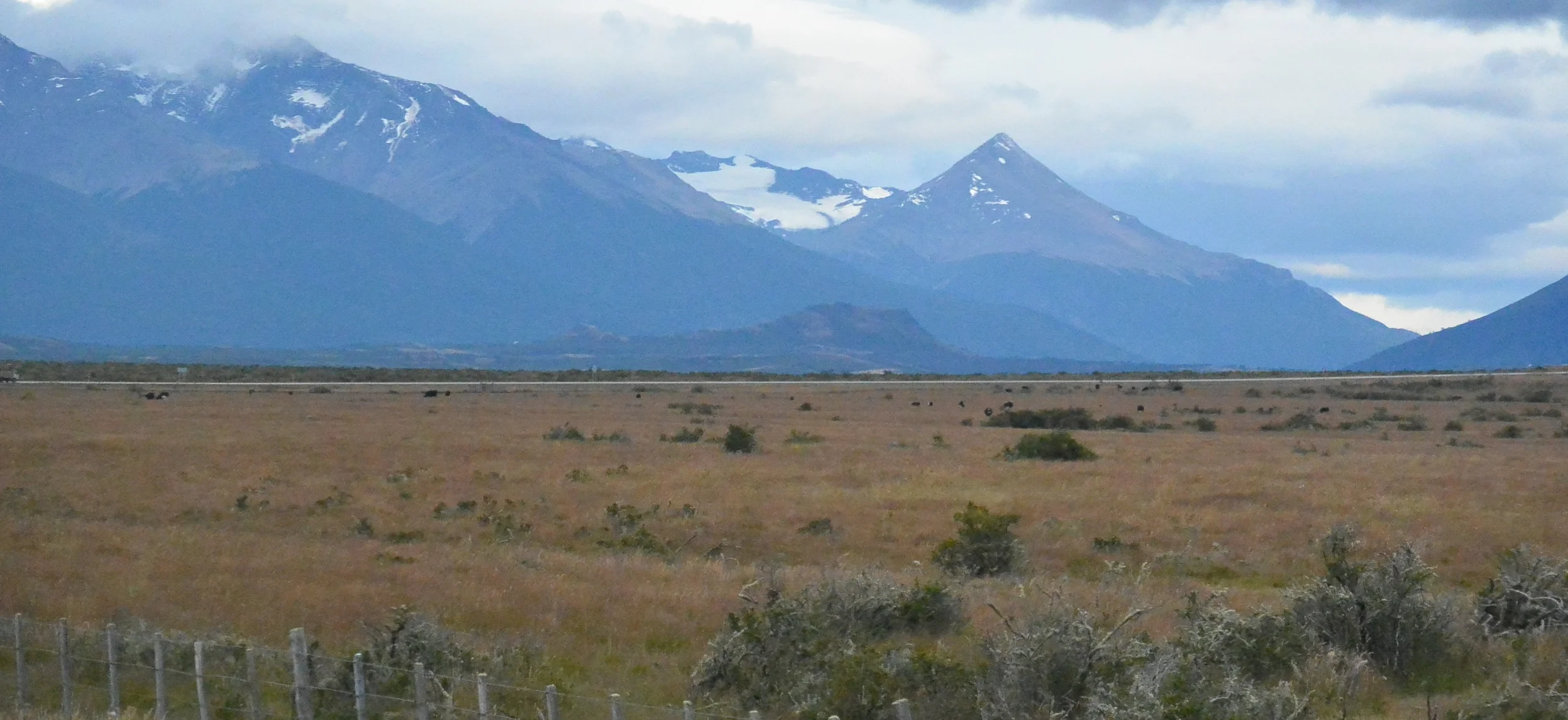A post of Glacial Proportions
/Hello from Los Glaciares National Park, home to the Perito Moreno Glacier. This national park, located on the border of Chile, is home to several famous glaciers, including the afformentioned Perito Moreno.
Crossing the steppe to El Calafate.
I arrived back into Argentina yesterday afternoon from Chile to the city of El Calafate, located on the high arid steppe of Patagonia. This means that typically it never really rains in El Calafate (the average precipitation here is akin to San Diego); however it sure did yesterday afternoon and night.
Downtown El Calafate, the town a glacier built. it's actually named for a type of blueberry.
The town somewhat of a boom town in that the infrastructure here has really only come into existence in the past 10 years. While this means that everything is more expensive than it needs to be, it also means that getting to see the glaciers was extremely easy today. It helps that Argentina's current president comes from here and has significant ties to the tourism industry here.
We began the day early, heading out approximately 25 kilometers from the town, and passed through more arid steppe until we reached the Magelenic Forest as we approached the Andes. The land became greener, and after a short while the Perito Moreno Glacier came into view.
After entering the park (which costs more than a movie in Manhattan, but whatever) we immediate bordered a boat, crossing Lago Argentina to reach the south face of the glacier where I was confronted with a sheer wall of blue and white ice, over 60 meters high, nearly 14 kilometers long, and at its widest point 5 kilometers wide! All the while, thunder like sounds echoed through the lake as pieces big and small of ice broke off the main glacier, falling spectacularly into the wintergreen blue colored lake below.
While I thought the boat ride would be the highlight of the day, the real treat came when I was able to hike alongside the glacier! When the glacier formed, it covered an entire corner and branch of the lake. As it melted, a narrow channel formed between the glacier on one side and a hill opposite it. The national park contains a series of walkways (catwalk like pathways of stairs and ramps) that allow you to get as close to the glacier as possible. This allowed for more amazing photo opportunities as well as for viewing and hearing more thunderous ice shearing off the glacier's face.
Overall this was an amazing experience and a great reason to take the northern detour to El Calafate on my way to Ushuaia. While I could do without the extreme tourism (everything is so much more expensive here than on the rest of my trip has been and they are probably more try to take your photo for money people here than on Main Street, USA), the glacier is something not to be missed! Expect a bigger album of photos from the glacier when I arrive home after my trip. Next stop, the End of the Earth!!
































![Perito Moreno Glacier. By Wikisanchez (Own work) [CC BY-SA 3.0 (http://creativecommons.org/licenses/by-sa/3.0)], via Wikimedia Commons](https://images.squarespace-cdn.com/content/v1/54aebfbfe4b0e8da4b7d3b48/1421207075893-HQW5ET16JA5RYEKE3JJJ/Walkways_close_to_Perito_Moreno_Glacier.jpg)

